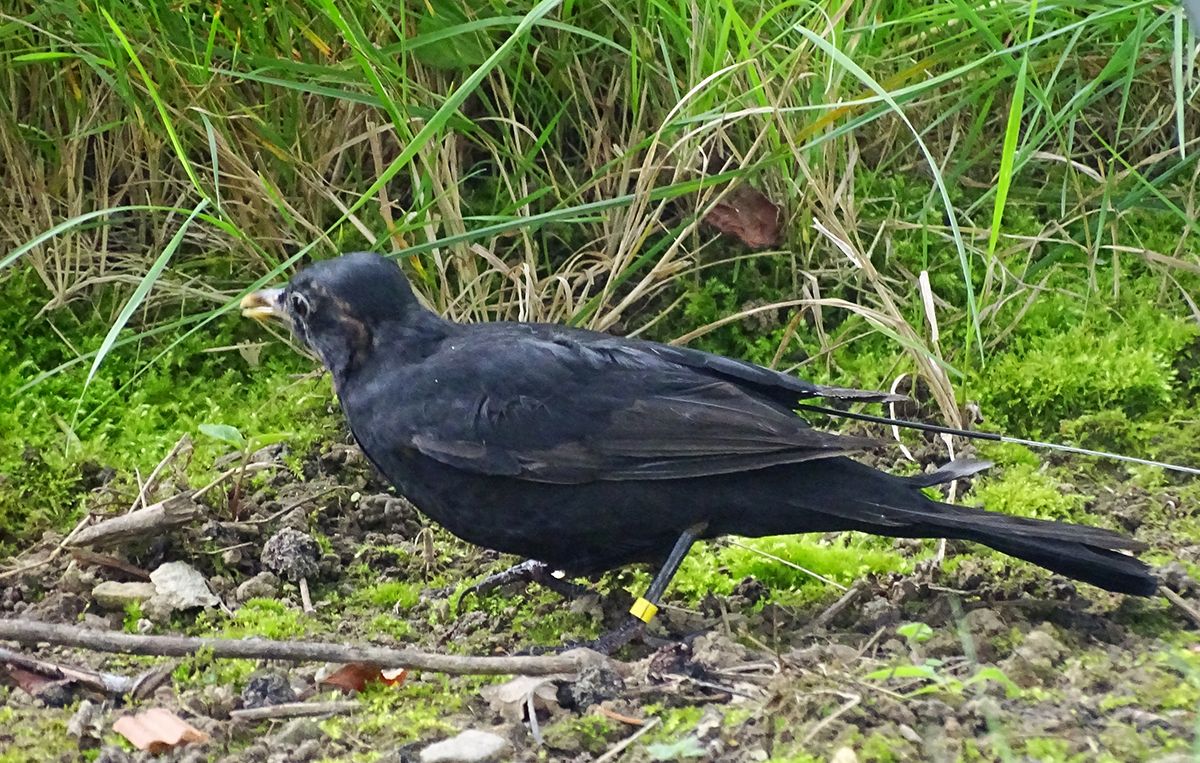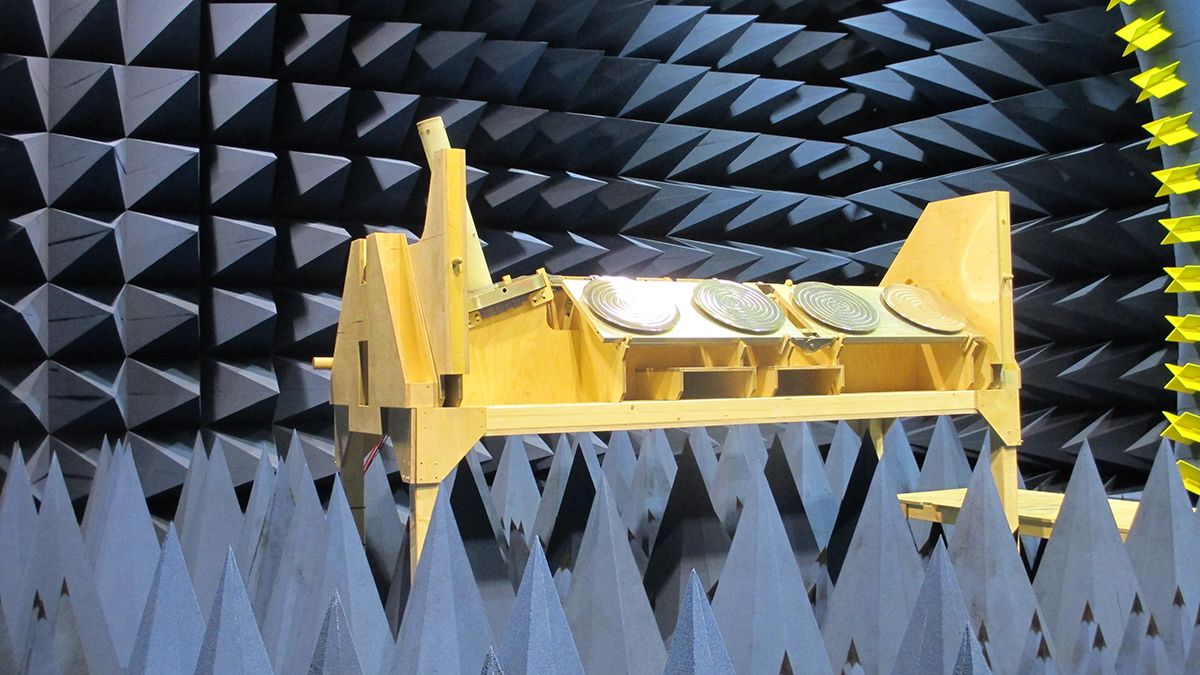The Icarus project will track tens of thousands of animals from the International Space Station

An ambitious project to keep an eye on thousands of animals and birds from space in a sort of “Internet of Animals” is getting ready to kick off.
In February, German researchers sent three large 200-kilogram antennas to the International Space Station (ISS) on a Soyuz rocket. The antennas joined a computer that had been sent up in October. These pieces will be the ears and brain of ICARUS, short for International Cooperation for Animal Research Using Space, an initiative funded by the Russian and German space agencies to track the movement of the smallest animals—birds, turtles, fish, and even insects—and tap into swarm intelligence.
Icarus researchers will outfit animals with tiny sensor-laden tags that will send their data to the computer aboard the ISS, which will clean it up and beam it down to a smart, central database. “Technically, it’s an Internet of Things via satellite,” says project leader
Martin Wikelski
at the Max Planck Institute for Ornithology.

Remote monitoring of animals isn’t new. It has revealed songbird migration patterns, allowed scientists to map ocean floors, and helped wildlife authorities to catch poachers. But Icarus is animal-tracking on steroids. It will allow scientists to scan all corners of the Earth to collect astounding details on tagged animals and their environment.
The idea is that this large amount of data will reveal global patterns in animal populations, allow scientists to precisely track movements and living conditions, and show why and how animals die—information which could help protect species.
Animals could then, in turn, aid us. Researchers could use such data to monitor fisheries and other human food sources, unravel the origin and spread of disease like Ebola and avian flu, understand climate change, and predict natural disasters, Wikelski says. “There’s good scientific data showing that animals can anticipate earthquakes, volcanic eruptions, and tsunamis.”
The German team has made tiny tags loaded with a GPS receiver, 3D accelerometer, and temperature, humidity, pressure, altitude, and heart rate sensors. The tags are also equipped with solar panels and rechargeable batteries. The smallest tags weigh 2.5 grams but the team is miniaturizing them further for songbirds and honeybees, Wikelski says.
Today’s geolocation tags burn a lot of power transmitting data via cellular networks or satellite systems. But Icarus tags use a special code-division multiple access (CDMA) coding scheme to communicate with satellites using very little power. Plus, the tags are interactive: scientists can ping them for additional data if needed. (The tags designed for fish will fall off and float to the surface in order to transmit.)
The Icarus tag is activated when it gets a signal from the orbiting computer. Then, it has two seconds to send its data up to the receiving antennas. “Large antennas are important because you can’t beat physics,” Wikelski says. “If you have a small tag on ground, you need a big antenna in space.” The on-board computer can pick up data from 120 tags at a time. It separates, parses, and cleans up the data and sends back the relevant information to Movebank, an open-source, online database the team has developed.

Researchers test an Icarus antenna in an anechoic chamber.
Wikelski and his colleagues have tested the system on the ground by outfitting larger animals with the tags and collecting data via land-based antenna. They were able to predict eruptions of Italy’s Mount Etna six hours in advance by observing moving patterns of goats on the volcano’s slopes. Tagging flying foxes in Africa showed how these foxes spread seeds across vast areas. In the future, Wikelski says, the team could track the spread of diseases like avian flu or Ebola, by testing bats for antibodies that show up in their blood after disease exposure, and then figuring out where those animals have been.
The system’s real test will come in August, when the project’s operational phase is scheduled to begin. For now, the Russian team is testing the computer system on the ISS. And Russian cosmonauts are training for a five-hour spacewalk in June to install and connect the antennas on the outside of the space station.
Source: IEEE Spectrum Telecom Channel
